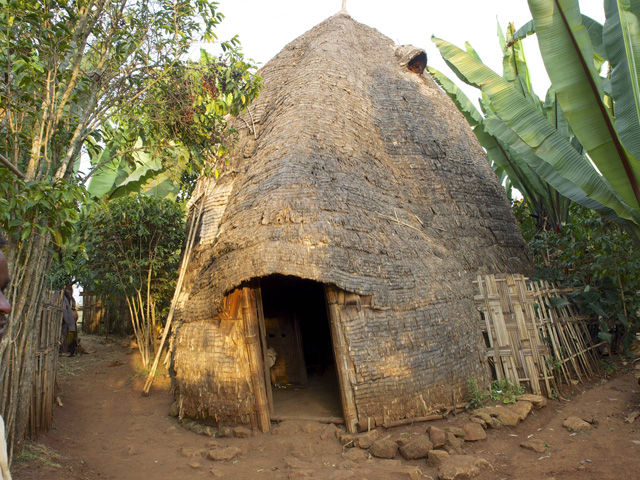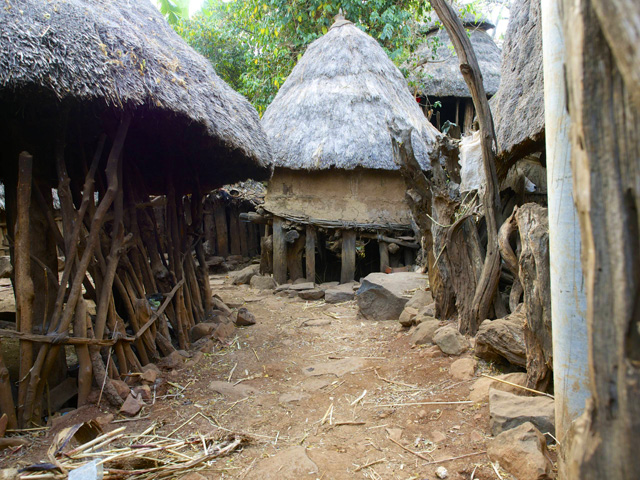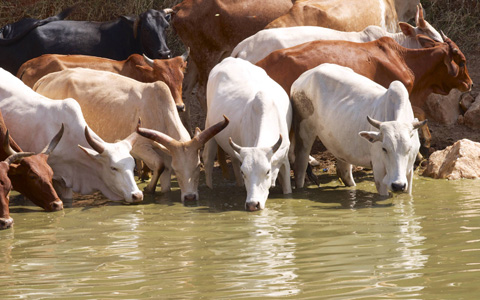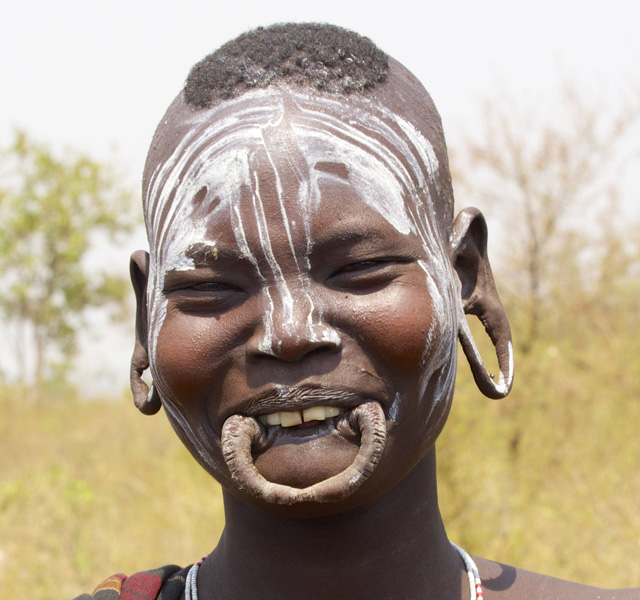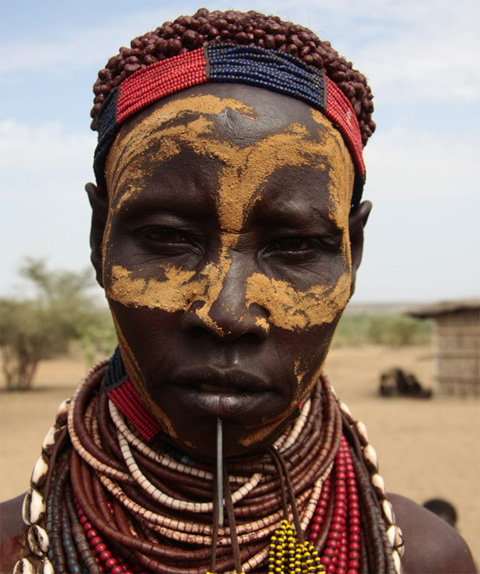Cultural Attractions
The Dorze People and Village
The Dorze are a small ethnic group inhabiting the Gamo Gofa Zone of the Southern Nations, Nationalities, and Peoples Region in Ethiopia. They speak the Dorze language, an Omotic tongue.
According to Ethnologue, the Dorze numbered 29,000 individuals (1994 census), of whom 9,910 were monolingual. They primarily live in the southern parts of the country, though some have migrated to Addis Ababa and other regions. Many reside in villages near the cities of Chencha and Arba Minch.
Weaving is a primary profession for a number of Dorze. Their polyphonic multi-part vocal music features a sophisticated use of hocket.
The Konso Village
Konso, named after the Konso people, is known for its religious traditions, waga sculptures, and nearby fossil beds, which is an archaeological site of early hominids. The site was added to the UNESCO World Heritage Tentative List on September 30, 1997 due to its purported universal cultural significance and official made a World Heritage Site in 2011.
Konso society is largely agricultural and involves the irrigation and terracing of mountain slopes. Staple crops include sorghum and corn, with cash crops including cotton and coffee. Cattle, sheep, and goats are raised for food and milk.
Group members also erect carvings (wagas), which are created in memory of a dead man who has killed an enemy or animal. The statues are often arranged in groups, with statues representing the man, his wives, and his adversaries present.
The Mursi / Surma People
The Mursi are a Nilotic pastoralist ethnic group in Ethiopia. They principally reside in the South Omo Zone of the Southern Nations, Nationalities, and People’s Region, close to the border with South Sudan. Surrounded by mountains between the Omo River and its tributary the Mago, the home of the Mursi is one of the most isolated regions of the country. Their neighbors include the Aari, the Banna, the Bodi, the Karo, the Kwegu, the Nyangatom and the Suri. They are grouped together with the Me’en and Suri by the Ethiopian government under the name Surma.
The Dassanech Peoples
The Dassanech (also known as the Marille or Geleba) are an ethnic group inhabiting parts of South Omo Zone of the Southern Nations, Nationalities, and People’s Region, adjacent to Lake Turkana in Ethiopia. The Dassanech are also called Marille especially by their neighbours, the Turkana of Kenya.
The Dassanech are traditionally pastoralists, but in recent years have become primarily agropastoral. Like many pastoral peoples throughout this region of Africa, the Dassanech are a highly egalitarian society, with a social system involving age sets and clan lineages – both of which involve strong reciprocity relations.
The Dassanech speak the Dassanech language, which belongs to the Cushitic branch of the Afro-Asiatic family. The language is notable for its large number of noun classes, irregular verb system, and implosive consonants.
The Karo People
The Karo people are an ethnic group who live near the banks of the omo valley. They excel in face and body painting which is practiced in preparation of their dances and ceremonies. They use locally found chalk, mineral rock, iron ore and charcoal to decorate their bodies with different types of design.The Karo trib speak the Karo language which is an Omotic language. The Karo language is described as being closely related to its neighbors, Hamer and Banna and is considered a dialect of Hamer.
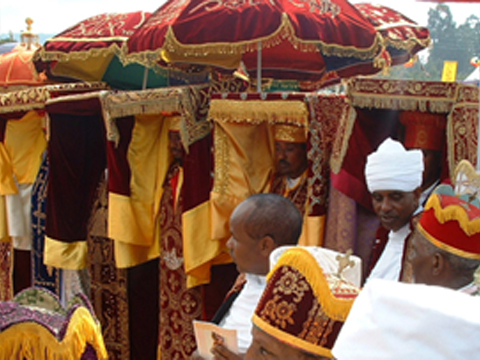
Festivals in Ethiopia
Ethiopia still retains the Julian calendar, in which the year…….
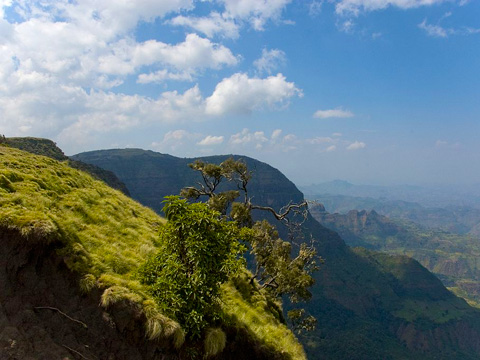
National Parks
Simien Mountains National Park is one of the national parks of Ethiopia…..
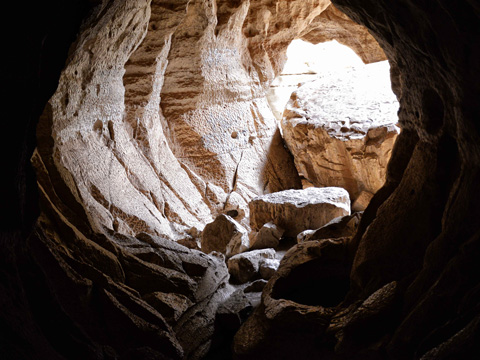
Natural Attractions
The Semien Mountains located in northern Ethiopia…..

Historical Attractions
Lalibela is a town in northern Ethiopia famous for monolithic rock……

